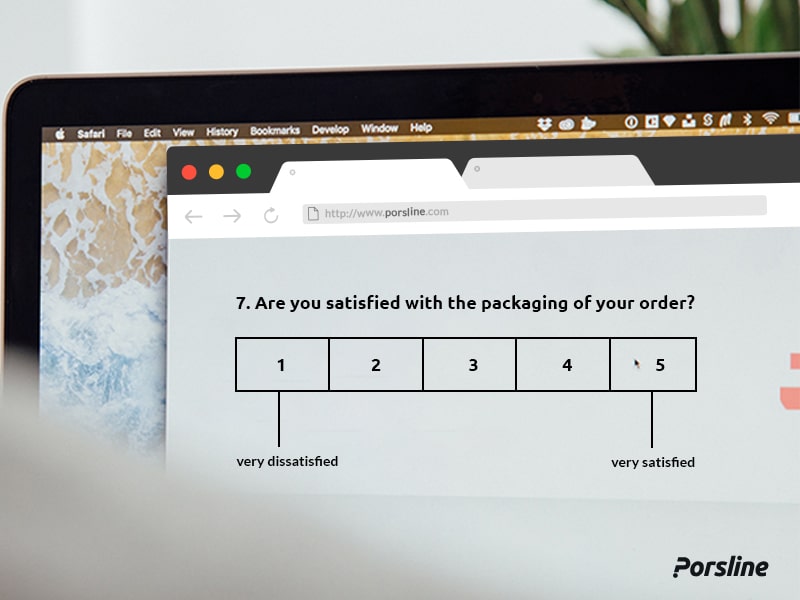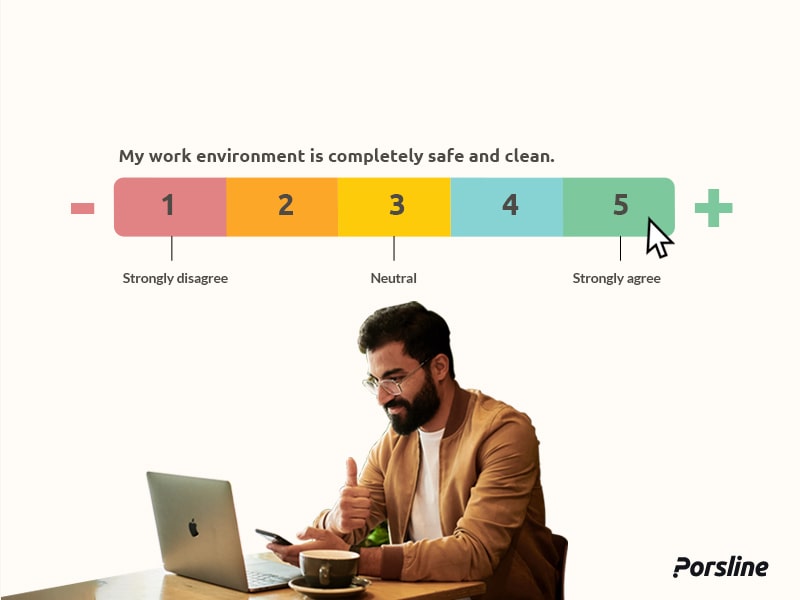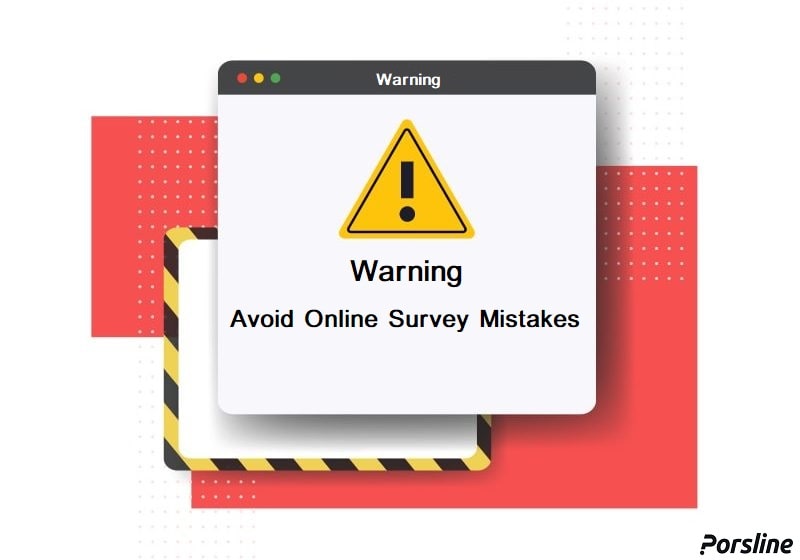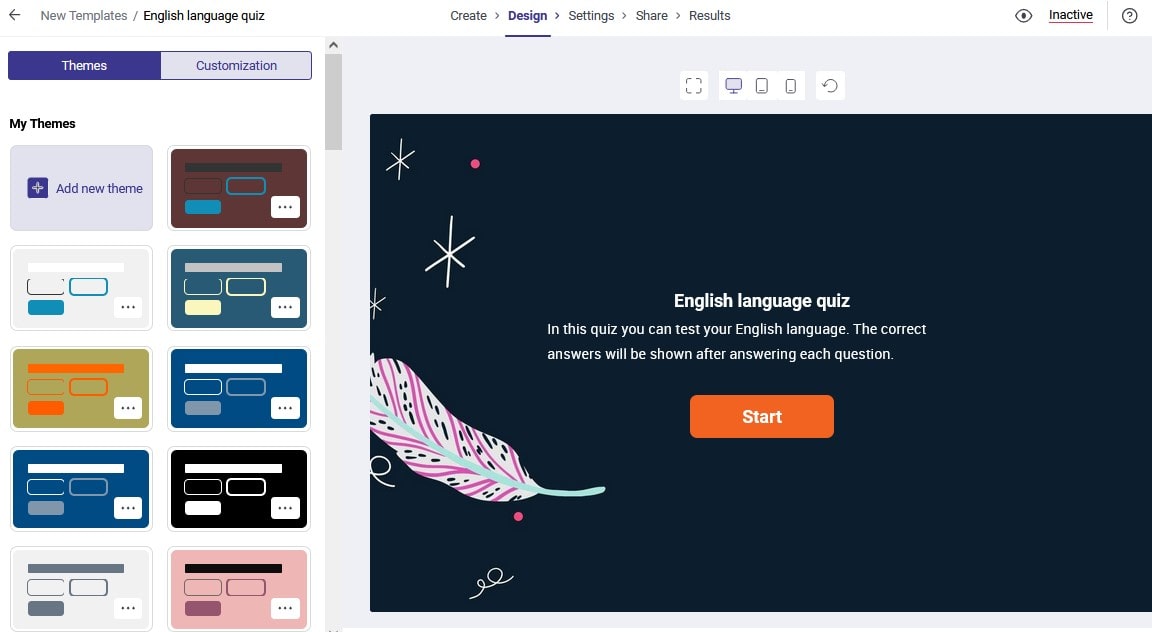Likert scale and its applications in organizational questionnaires and surveys

What is your strategy to measure the views and opinions of others about some topic? For example, when you want to know if customers are satisfied with their purchase, what kind of questions do you ask? Or when you design psychological surveys or other surveys that aim to measure your employees’ loyalty, how do you measure whether the respondents agree or disagree with different statements? You certainly know that yes/no questions are not suitable for this type of survey and lead to misleading results. This is where Likert scale comes in to help.
Likert scale questions allow the respondent to classify, give score and express their opinion accurately. Even if you have never heard of its name, you must have come across this type of question if you had previous experience of answering surveys.
Even though it is very easy for the respondents to answer the Likert scale questions, but its design is associated with some complications. What makes the design of Likert scale questions difficult are things like the following: In which situations is it appropriate to use Likert scale? How to select a numerical scale? Should we choose a 3, 5, 7-point Likert Scale or more? Do we need a neutral numerical scale or middle option? Should scale numbers be labeled?
In this post, we will answer all these questions, so please accompany us to the end.
What is a Likert scale?
Likert scale is used to measure opinions, feelings, and judgments. It is generally used to measure issues that are not visible but affect people’s attitude.
Likert questions are designed with three, five, seven to thirty points.
When you ask the customer if he/she is satisfied with the packaging of an order that he/she has received, he/she may be very satisfied, satisfied, unsatisfied, or very unsatisfied, or even he/she may not have a specific opinion (moderate or neutral point of view). It seems useful here to provide a range of answers to reflect all points of view. In fact, Likert questions allow all audience to express their opinion.
This type of questions is also very common in shaping organizational culture and managing human resources. For example, employee pulse or loyalty surveys ask for their views on the work environment, their relationship with the manager and so on. Employees may strongly agree, agree, feel neutral, disagree, or strongly disagree with the proposals or with your decisions. In such cases, Likert questions help you know the exact views and opinions of the respondents.
It is generally possible to get the opinions of respondents using a Likert scale in the surveys related to marketing, management, human resources, psychology and social sciences.

What are the types of Likert scale questions?
The first thing that comes to mind when designing Likert questions is the type of questions.
The choice of a numerical scale depends on the question being asked or the proposal under study. If a positive to negative range is needed to answer this question or proposition, then bipolar Likert scale is a good option.
Concepts or propositions that can be described with two poles, positive and negative, are called bipolar concepts. The two sides of this range, or the two poles, represent two completely opposite concepts, and the neutral or zero point is placed in the middle of the range.
These types of questions are common in psychological questionnaires or HR surveys such as 360-degree feedback, because in these surveys, you have to specify how much you agree with a specific statement. For example, you may strongly agree, agree, somewhat agree, have no opinion (be neutral), or somewhat disagree, disagree, or strongly disagree with the following statement: “My workplace is safe and sound.” Agreement and disagreement in such a case are placed on both sides of the scale.
If the considered question examines the presence or absence of some concept, the answer range is specified as zero to positive or zero to negative. For example, when you want to measure the effectiveness of some process, your answers range from ineffective to very effective. In this example, effectiveness cannot have a negative value, because the process is either very effective or ineffective. These concepts or statements that are described by one pole of the spectrum are called unipolar concepts.

How many points should a Likert scale question have?
In bipolar questions, a 5- or 7-point Likert scale is usually used, while in unipolar concepts, an even numerical scale, such as a 4- or 6-point Likert scale, is appropriate.
Various studies have shown that the reliability and validity of 2 or 3 point scales are lower than higher point scales, and that the reliability and validity level of scales with more than 7 points somewhat decreases. So, the survey designer uses a range of 5 to 7 points in most cases.
The Net Promoter Score (NPS) and its applications in your business growth
Application of Likert scale questions
Likert questions are used to measure various variables such as frequency, quality, agreement, etc. In fact, Likert scale enables the measurement of qualitative and non-quantitative concepts. Here are the types of these questions and their answers:
Frequency – studying attitude and habits (demographic/HR/behavioral surveys)
Example: I tidy up my things and my desk before leaving work.
Never Rarely Sometimes Often Always
Quality – quality measurement and quality expectations (customer experience measurement)
Example: How was the quality of the product you received in return for the price you paid?
Very bad Bad Acceptable Good Excellent
Intensity – presence or absence of attribute (psychological studies/HR)
Example: I consider myself a good learner.
I am not a good learner at all I am somehow a good learner I am a good learner I am a very good learner
Agree/disagree – HR surveys
Example: What is your opinion about holding weekly management meetings within the team?
Strongly disagree Disagree Neutral Agree Strongly agree
Satisfaction – customer/course evaluation surveys and so on
Example: What do you think about the speed of delivering the order?
Very dissatisfied Dissatisfied Neutral Satisfied Completely satisfied
Likelihood – Customer Loyalty Survey/NPS Index
Example: How likely are you to recommend our store to your friends and acquaintances?
Very unlikely Somewhat unlikely Neitral Somewhat likely Very likely
How to design our Likert scale questions without the possibility of bias?
Designing Likert scale questions may seem simple at first, but it may affect the survey results if some points are not taken into consideration.
Ask clear questions
The way of expressing the topic and asking questions always has an effect on the response of the audience. Suppose that instead of asking the respondent “Are you satisfied with our service?”, you ask the question like this: “How satisfied are you with our services?”. In the second question, the logic of your question is that the audience or customer is satisfied with your service and you have not given them a way to express their dissatisfaction, while the first question does not have such meaning.
Suppose that instead of asking the respondent “Are you satisfied with our service?”, you ask the question like this: “How satisfied are you with our services?”. In the second question, the logic of your question is that the audience or customer is satisfied with your service and you have not given him a way to express his dissatisfaction, while the first question does not have such meaning.
Pay attention to the placement of labels on a Likert scale
Points’ labeling or Likert scale numbers are effective in choosing the answer. Respondents should be able to interpret the scale scores easily in their minds. In Porsline form builder software, your scale always has numerical labels to avoid bias and error. This helps the respondent to see the question or phrase within a certain range which reduces the possibility of errors in your data and in the final results.
On the other hand, you can avoid ambiguity by placing labels at the beginning, end, and middle of the scale. Labels like “I’m not sure,” “I don’t know,” and “I have no idea” are usually used for the mid-scale option.
Finally, keep in mind that the numerical scale labels should be easy to interpret and that respondents should have the same interpretation of the meaning of the numerical scale labels.
The arrangement of the options is important
How the options are arranged is another issue that can lead to response bias. If the response options are arranged vertically, i.e. from top to bottom, the probability of choosing the upper options is higher than the lower ones. Research shows that respondents pay less attention to the lower options in such situations.
When options are displayed horizontally in a row, a left bias may occur. In left-side bias, respondents think that the left options are more likely to be correct. Therefore, most of them choose the options on the left. This bias can be minimized by using a Likert scale and displaying numbers next to descriptive statements. On Porsline, the response options are shown along with numbers like 1-2-3 etc. in order to reduce bias and obtain more reliable responses.
The most important steps in designing Likert questions
You can employ Likert questions whenever you want to investigate people’s opinions, ideas, and judgments. In fact, using a Likert scale is very useful in situations where understanding a topic is not possible with just one question.
For example, customer satisfaction cannot be evaluated by asking only one question, because this concept has different aspects. You need one specific question for measuring satisfaction with each aspect such as satisfaction with quality, packaging, customer support, price and so on. Each of these factors is considered a customer satisfaction metric. Therefore, determining the influential factors in the subject to be evaluated is a key requirement for the correct design of Likert scale questions.
The first step: determining the purpose of the survey
The first step in designing a survey with Likert questions is to determine the purpose of the survey or questions. You should know what is your goal of asking each question and what you intend to measure.
For example, suppose that you have a product. To sell it online, you need to know how many buyers purchase your product online or to what extent they are interested in it. To determine the level of willingness to buy the product online, you can choose a Likert question of likelihood or frequency type. For example, you would ask a 5-point question such as: “Do you like buying clothes online?” or “How likely are you to buy clothes online?” then you provide the respondent with the options “never”, “rarely”, “sometimes”, “often” and “always”.
The second step: designing the questions and options
The questions and options you provide your audience with are one of the most important factors in the success of surveys. More clear questions give you more accurate responses, and the options are also very important when designing Likert scale surveys. Choose the number of options and their labels carefully. Note that the options must be clear and easily separable from each other. This way, your final data will be reliable.
In addition, use the positive and negative poles to label the Likert scale and balance the two sides of the scale. For example, if the “very satisfied” option is on one side of the scale, the “very unsatisfied” option should be on the opposite and corresponding side.
The use of neutral language is another factor that avoids bias. Neutral cases mean:
| Instead of asking | Ask |
| Do you agree with the separation of Sweden from the European Union? | What do you think about the separation of Sweden from the European Union? |
| How satisfied are you with the quality of your order? | Are you satisfied with the quality of your order? |
| How do you evaluate the effectiveness of the institute’s training course? | Is the institute’s training course effective? |
| How much nuts and dried fruits do you buy online? | Do you buy nuts and dried fruit online? |
Tip: To design these questions more easily, we suggest using our free survey templates according to your needs.
The third step: collecting and analyzing the responses
After sharing the survey and collecting the responses, it is time to analyze and review the results. Determining the mean of the data is not very effective when analyzing the results of a Likert scale survey. In such a case, the analysis of the results can be based on the “frequency of responses” and determining the “most frequent response”. For example, you determine the percentage of those who agree with each statement, who are neutral, and who disagree with it. In your Porsline account, you have access to results frequency charts where you can easily review and analyze your data. You can provide the users with Likert scale analysis and convert Likert scale to percentage in the Results section of Porsline user panel.





